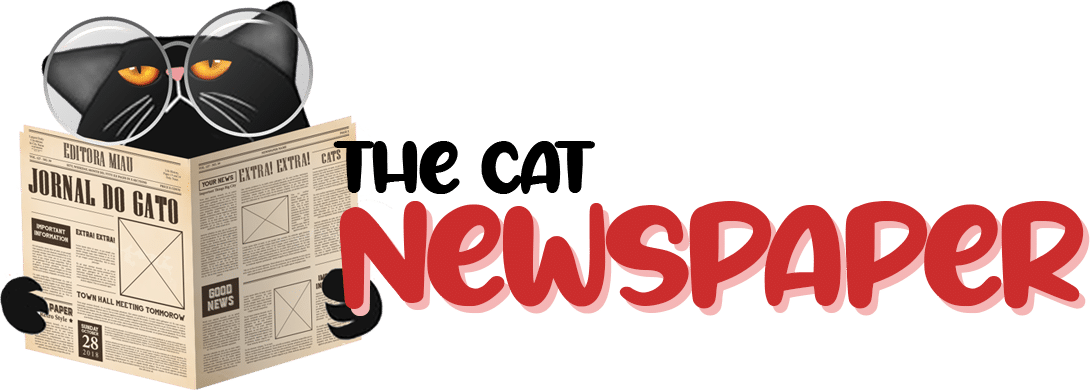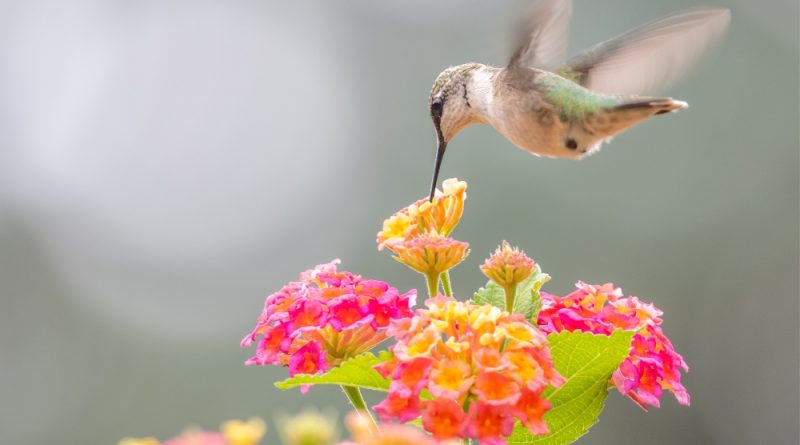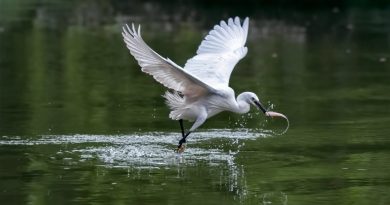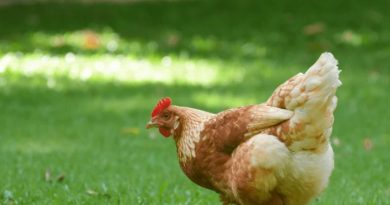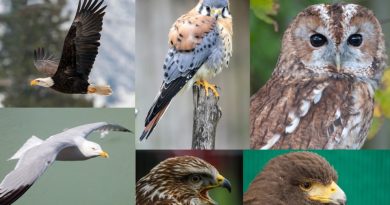What does the hummingbird eat?
What does the hummingbird eat? Want to know what hummingbirds eat? How to attract them to your home for feeding? Check out this article to learn how to feed a hummingbird and discover their favorite foods.
The hummingbird intrigues those who admire or keep it, whether it’s due to its small size and vibrant plumage or the speed at which it flaps its wings, making it one of the fastest birds in the animal kingdom.
Before discussing the bird’s diet, know that the hummingbird is not omnivorous; it is a nectar feeder, meaning it primarily feeds on nectar.
What do whispering flowers eat?
Hummingbirds feed on nectar, a watery substance provided by flowers. The basic ingredients of this food are minerals, water, and plenty of sugar. This sugary lifestyle provides hummingbirds with the energy they need to fly. However, the plants the birds feed on also provide other sources of food, such as sap, pollen, and insects.
Nectar consists of large amounts of natural sugars (fructose and sucrose), water, and minerals. Thanks to this food, hummingbirds get all the nutrients they need to survive.
How hummingbirds eat
Hummingbirds eat based on their beaks, which come in different shapes and sizes, an adaptation based on the type of flowers from which they extract nectar. The mechanism the hummingbird uses to extract nectar is its long tongue. After inserting its elongated beak into the flower, it helps suck the nectar there with its tongue, which is thin, has different grooves, and moves 12 to 13 times per second. Once done, the nectar is deposited in a kind of pouch in the hummingbird’s throat before entering the intestine.
These small birds have very high energy expenditure and therefore require highly energetic foods. Simple sugars are the best substitutes because they are quickly digested and enable flight.
Food characteristics
Ornithologists say that hummingbirds can feed on 500 to 3,000 flowers per day. The bird has a very fast metabolism, forcing it to consume an optimal amount of food, which can triple its body weight if the food is easy to find. Typically, it eats 7 to 8 times per hour, but it eats very quickly.
The hummingbird’s diet is not based only on sugar but also requires protein. These are obtained by eating flies, mites, and mosquitoes found on plants or during flight.
Thus, a nectar diet may occasionally be supplemented by the intake of pollen, sap from some trees, and insects such as mites, mosquitoes, fruit flies, and spiders, especially when hummingbirds encounter them during flight or find flowering shrubs. However, these do not constitute the basis of their diet and are not considered granivorous or omnivorous birds.
What does the baby hummingbird eat?
What does the baby hummingbird eat? Hummingbirds are born 21 to 28 days after hatching. At birth, they are blind and only 2 centimeters tall, and their mother takes care of them and feeds them. For this, the mother has to leave the nest about 100 times a day in search of food.
Now, what do the little hummingbirds eat? Basically, the same as the adult bird. The mother collects nectar and brings it to the baby’s mouth. As a way to supplement the newborn’s diet, she offers previously regurgitated insects.
The chicks continue with this diet until the end of the first month of life when they leave the nest to learn to fly and find their own food.
How to feed baby hummingbirds at home?
If you find a baby hummingbird in your garden, you can easily feed it until it can fly on its own or until its mother finds it. To feed hummingbird chicks, it is best to offer hummingbird nectar, which you can buy at pet stores.
If this is not possible or the chick is very hungry, you can mix one tablespoon of regular sugar with a cup of water. Don’t forget to provide filtered water without fluoride and chlorine. Chicks need to be fed with the help of a dropper at least 5 times per hour during the day; hummingbirds usually do not eat at night.
How to feed hummingbirds at home?
What does the hummingbird eat that can be made at home? The correct way to feed hummingbirds at home is to provide ready-made hummingbird nectar, which can be easily found in specialized pet stores. Just follow the manufacturer’s instructions and clean the feeders regularly to avoid transmitting possible pathogens to the birds.
Use large bird feeders, as they are more attractive to hummingbirds. If the bird does not have access to a feeder, use a very small syringe to feed directly into the beak, which is useful for feeding babies or injured hummingbirds. You should feed it every 30 minutes, stopping when you see the mixture spilling or bubbling in its mouth.
These are easy ways to feed it before taking it to the vet. If a hummingbird gets hurt, specialized veterinary care is best for the bird in such cases.
Hummingbird nectar recipe
If you can’t buy ready-made hummingbird nectar, you can make a homemade solution using simple ingredients that you probably already have in your kitchen.
Ingredients:
- 1 cup of white sugar.
- 3 or 4 cups of filtered water. It cannot be tap water because it contains chlorine and fluoride.
Instructions and tips:
Dissolve the sugar in the water and place it in the hummingbird feeder. The unused mixture can be stored in the refrigerator for up to a week.
Where to place the feeder
Hummingbirds seem to prefer outdoor feeders but tend to avoid feeders too close to buildings. A hummingbird will protect its food from other birds and will chase any other hummingbird that comes to drink at the same time. If there are many, it is better to install a second feeder.
Attract vibrant flowers with food
In addition to providing feeders, knowing what hummingbirds eat will help you attract hummingbirds to your yard. To attract hummingbirds with the right type of food, you will need:
Plant native flowers, shrubs, and trees that produce nectar-rich flowers. Red tubular flowers attract hummingbirds. Choosing plants that bloom year-round will ensure a good supply of nectar every month of the year.
Avoid using pesticides to kill spiders in the garden or at home, and do not remove insects so that hummingbirds and other birds become a natural pest control.
Use a hummingbird feeder filled with a sugar solution. Feeders with red petals will attract hummingbirds. Do not use honey, molasses, fruit juice, or artificial sweeteners for hummingbird nectar, as these are not suitable, and some can be dangerous for birds.
Provide resting habitats for hummingbirds. Many hummingbirds are very territorial and use perches as observation points to defend their territory. If they feel comfortable, they will stay and eat for longer.
Predator
There is a variety of predatory predators that feed on hummingbirds. By knowing what the natural enemies of a hummingbird are, bird watchers can take steps to help protect hummingbirds from becoming food.
The exact predators they may face depend on where they are and the time of year. The biggest predators of hummingbirds are cats. In many areas, there are domestic cats that catch hummingbirds when they are resting or foraging. They are also often found in their nests. In
the wild, there are many types of cats that are excellent hunters and love to eat hummingbirds if given the chance.
Since the bird is small, it becomes prey for larger birds. It is common for eagles and hawks to prey on hummingbirds, often in areas where predators also inhabit. Hawks have excellent vision and great speed, meaning hummingbirds have little chance of escaping the bird.
In some areas, other bird species, such as owls, also feed on smaller hummingbirds. There are many snakes, and some hummingbirds living in the same tree, they blend in with the environment and can be caught when distracted.
Additionally, mantises are natural enemies of these birds. Mantises are excellent hunters, with carefully choreographed movements and attack speeds approaching the speed of light.
Very small species of hummingbirds can also be eaten by larger spiders in their natural habitat. Some create webs that catch hummingbirds, while others attack and inject a substance to immobilize the birds.
Final consideration
Hummingbirds have a strange way of eating. They like to drink nectar, so they have developed long, thin beaks that are perfect for inserting into flowers. However, a healthy hummingbird diet cannot exist without the intake of insects. Although hummingbirds are nectar eaters, they also need to supplement their diet by eating small insects.
